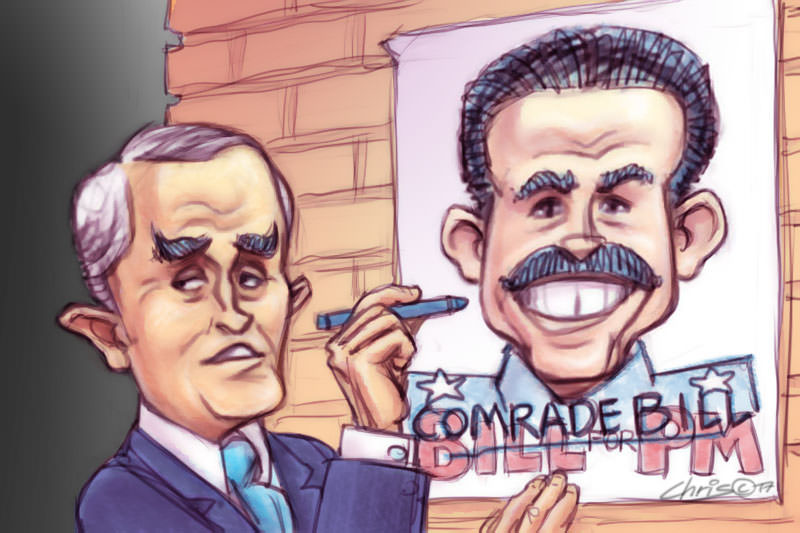

Liberal Learning and the History Major Introduction Teachers of college history courses would do well to reread this essay every term.ĪHA Vice President for Teaching (2003–06)Īndrew W. At the same time, it addresses the needs of students whose exposure to history will be limited to courses in the core curriculum. The essay gives particular attention to the undergraduate major and minor, including the growing role of public history and teacher preparation in the major. This is the bedrock of undergraduate history education. It shows how the study of history prepares students for knowledgeable and critical assessment of their surroundings, and builds skills of reading, writing, speaking, and researching. This fine essay, expertly updated, balances the continuity and change in undergraduate learning of history. The core notions of liberal arts education and liberal learning provide a valuable continuity in the transmission of knowledge. No computer algorithm or straightforward deduction can yield sound historical interpretation, yet there is a logic to the past that can be uncovered with patient effort. The complexity of the past requires the same care and complexity in our study of it. The problems of learning remain the same. The basic dilemmas that humans experience-and that historians study-have changed little. Learning is cross-disciplinary as well as cross-platform. Technology has changed so that students are reading and writing online. History now gives more attention to museums and public performances.


Subjects of instruction have changed: history now includes more regions of the world, more on the environment and gender, and large-scale world history as well as nations. Community colleges have expanded in number, with class sizes more like those of liberal arts colleges than of big state universities. The very institutions of education have changed, with costs rising at both private and public institutions. The Teaching Division wants to thank the Task Force that worked on the 1990 version: Myron Marty, Drake University, chair Edward Gosselin, California State University at Long Beach Colin Palmer, University of North Carolina at Chapel Hill Lynda Schaffer, Tufts University and Joanna Zangrando, Skidmore College. Generous funding for the project and dissemination of the reports was provided by the Fund for the Improvement of Postsecondary Education and the Ford Foundation. The initial report was completed in cooperation with a national review of arts and sciences majors initiated by the Association of American Colleges as part of its continuing commitment to advance and strengthen undergraduate liberal learning. There is much on either side of the balance sheet. The act of revising this statement caused the author and the AHA Teaching Division, which commissioned it, to ask what remains the same and what has changed in the teaching of undergraduate history courses. Michael Galgano, an experienced university teacher of history and a teacher of teachers, has revised a statement first published in 1990, to fit it to the needs of our new century. Here is a concise yet rich statement of the values, principles, and practices of the study of history. Revised and produced by the AHA Teaching Division, 2007.


 0 kommentar(er)
0 kommentar(er)
